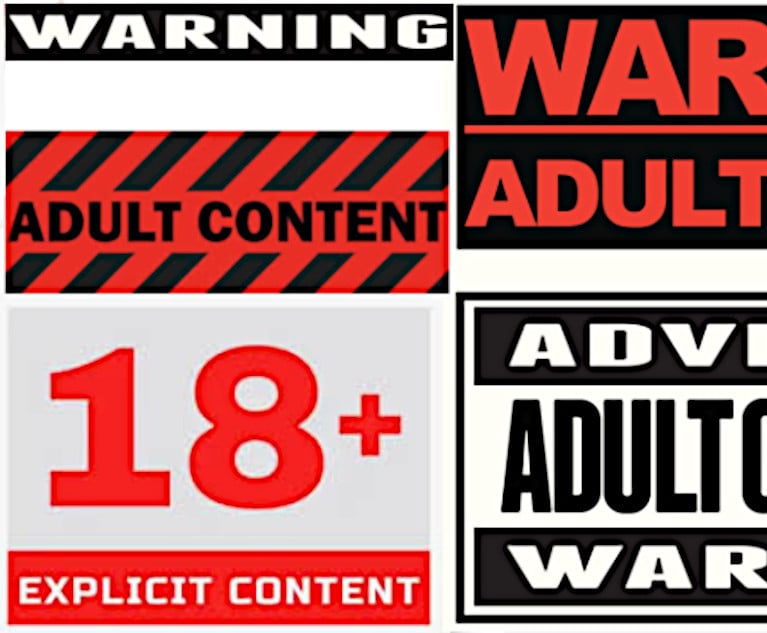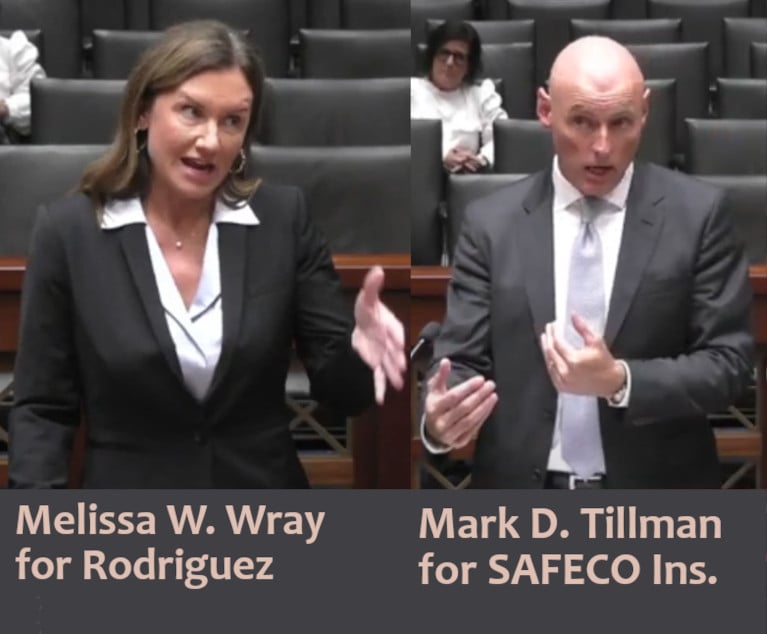Preparing this story, I shared with Charles that 20 years ago and a very green trial lawyer, I was fortunate to have a supervising attorney say, “Don’t miss the brain injuries! Everyone always misses the brain injuries!” while shoving a rudimentary checklist at me. The list covered everything from physical symptoms like nausea, vertigo and sensitivity to light, to memory loss, word recall, and gaps in memory. They were to be covered with every new client. In those days, the medicine had not progressed so that axonal injuries could be detected by MRI unless they were “serious” or “severe” head injuries. For the moderate, mild, or “concussion” cases, we were left to rely only on neuropsychological testing and a scrappy handful of medical articles. It did not play out well. In one case many years ago, the jury “zeroed” my client, Judy* a math and accounting prodigy now unable to manage her own checkbook. Their rationale: The scan at the ER was negative and since no one diagnosed brain injury in the first two months there was “no evidence” of brain injury related to the vehicle crash.
Better medicine and improved technologies have made the practitioner’s job in pursuing such cases markedly better in terms of evidence than those days. However, it’s far from an easy road as most emergency rooms still fail to have good head injury screening protocols and the injured client leaves the ER or GP office with generic studies labeled “normal”. In the dark about the potential for injury, it can be some time before even the client knows something is terribly wrong. This is part of what makes TBI so insidious—-they lurk in darkness until the symptoms wreak havoc in the previously “normal” life.

 Ilya E. Lerma, left, and Charles “Chuck” Bennett,right, trial consultants with Trial Structure. Courtesy photos.
Ilya E. Lerma, left, and Charles “Chuck” Bennett,right, trial consultants with Trial Structure. Courtesy photos.







